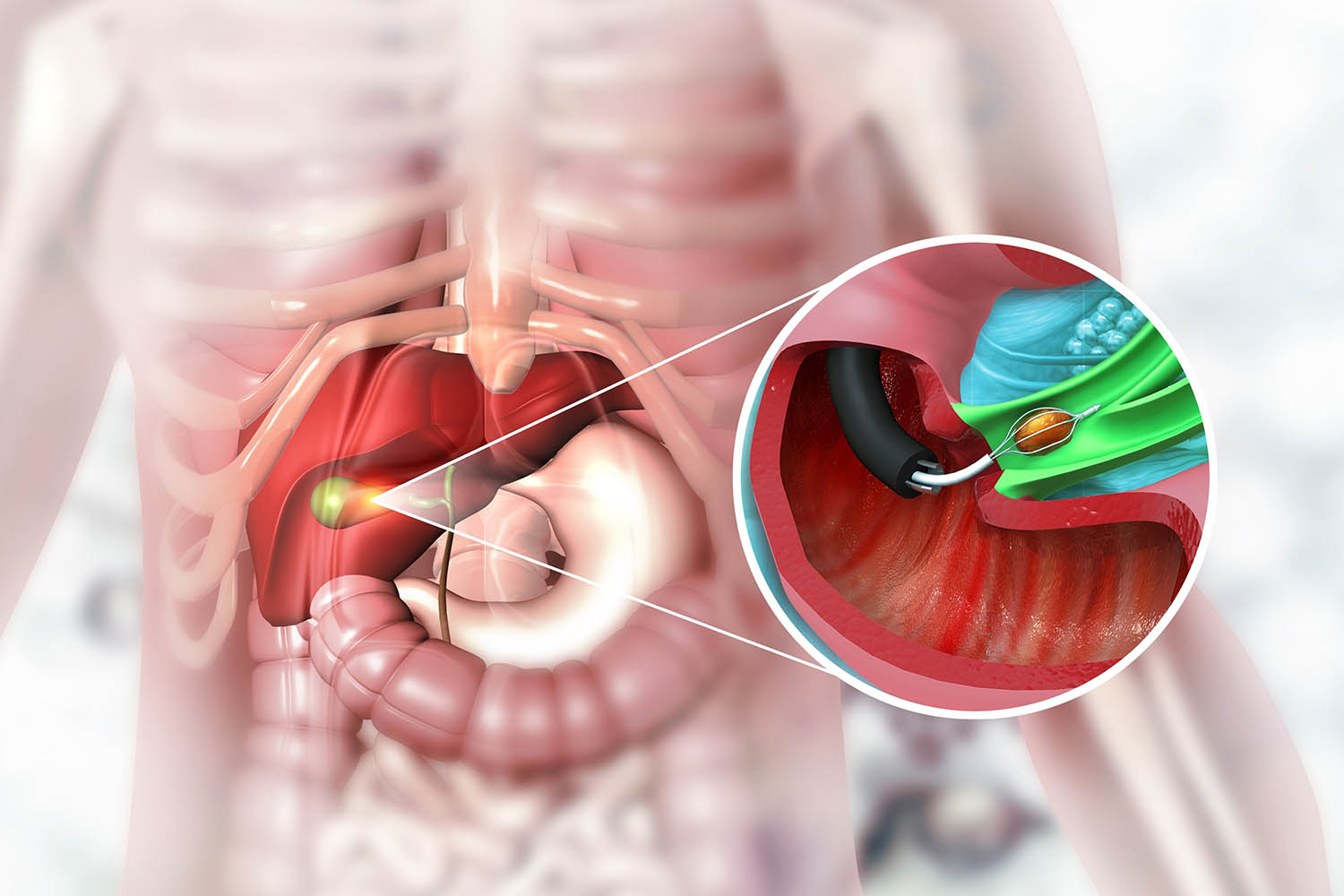Overview
Gallbladder removal surgery, medically termed cholecystectomy, represents a pivotal solution for individuals grappling with gallstone-related distress. This surgical procedure, deeply rooted in scientific inquiry and clinical exploration, serves as a beacon of hope for those burdened by the debilitating symptoms of gallbladder ailments. Embark with us on an enlightening exploration into the realm of gallbladder removal surgery, as we navigate through factual insights and research revelations.

Gallbladder Anatomy and Function:
Nestled beneath the liver, the gallbladder assumes the crucial role of bile storage and concentration. Bile, synthesized by the liver, aids in the digestion and absorption of fats. The gallbladder, akin to a reservoir, contracts upon food consumption, facilitating the release of bile into the small intestine, thereby orchestrating the intricate dance of digestion.
Indications for Surgical Intervention:
Gallstones, the primary impetus for gallbladder removal surgery, engender a cascade of distressing symptoms, including excruciating abdominal pain, nausea, and vomiting. These obdurate formations, comprised of cholesterol or bilirubin, can impede the flow of bile, culminating in cholecystitis (inflammation of the gallbladder) or choledocholithiasis (bile duct obstruction). In such exigent circumstances, surgical intervention emerges as the cornerstone of treatment.
Diverse Surgical Modalities:
Laparoscopic Cholecystectomy: A paradigm of minimally invasive surgery, laparoscopic cholecystectomy entails the insertion of specialized instruments through small incisions in the abdominal wall. Guided by a laparoscope, surgeons navigate with precision, excising the gallbladder while mitigating trauma to surrounding tissues. This approach heralds swifter recovery, diminished post-operative discomfort, and cosmetic advantages.
Open Cholecystectomy: Reserved for complex cases or instances precluding laparoscopic intervention, open cholecystectomy necessitates a larger abdominal incision. Though more invasive, this conventional approach remains indispensable in mitigating formidable challenges, ensuring comprehensive gallbladder removal and resolution of associated complications.
Evidence-Based Insights:
An extensive corpus of research underscores the safety and efficacy of laparoscopic cholecystectomy as the quintessential approach for gallbladder removal. Comparative studies have elucidated its superiority in terms of reduced hospitalization duration, diminished post-operative morbidity, and accelerated convalescence. Moreover, refinements in surgical techniques and technology continue to augment outcomes, further cementing the stature of cholecystectomy as a hallmark of modern surgical prowess.
Navigating Post-Operative Terrain:
Following gallbladder removal surgery, meticulous post-operative care assumes paramount importance. Patients are enjoined to adhere to a gradual dietary progression, embracing a regimen conducive to convalescence. Pharmacological adjuncts, aimed at assuaging post-operative discomfort, may be prescribed judiciously. Vigilance for post-cholecystectomy syndrome, characterized by persistent gastrointestinal symptoms, underscores the imperative of vigilant monitoring and comprehensive management.


